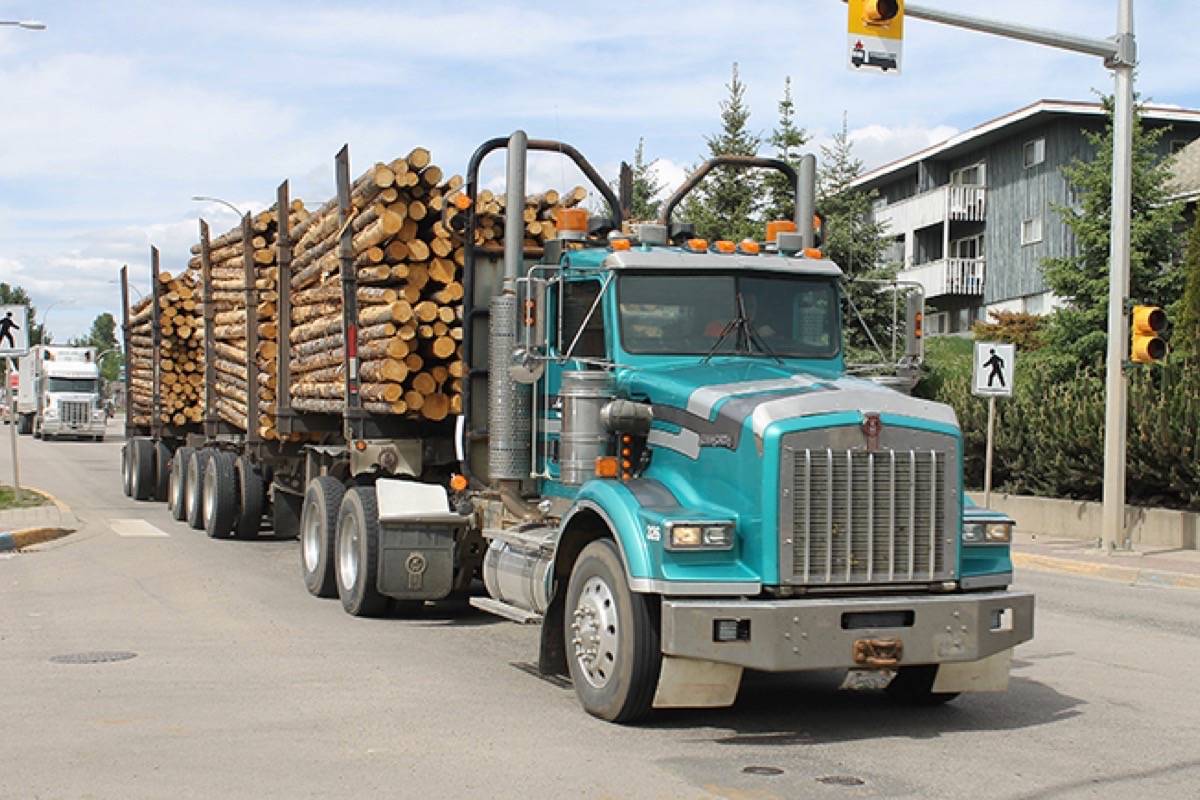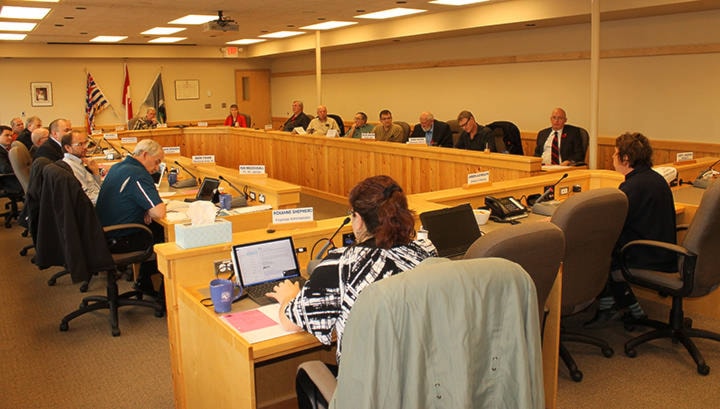Representatives from the Ministry of Transportation and Infrastructure and from the North District RCMP recently met with Regional District of Bulkley-Nechako (RDBN) directors to discuss highway safety.
Earlier this year, RDBN directors raised safety concerns about the speed of commercial vehicles along Hwy. 16, as well as problems with road infrastructure.
“It’s really upsetting, people in town [Fort St. James] are scared to travel,” said Tom Greenaway, Director of Electoral Area C (Fort St. James rural).
According to the North District RCMP, however, the majority of crashes involving commercial vehicles involve “small vehicles trying to make a move around commercial vehicles.” The RCMP’s main concerns with commercial drivers, said the representatives, are the hours of operation and fatigue that can occur when the regulated hours of operation are exceeded.
The Ministry of Transportation told Lakes District �������� that engineers looked at commercial vehicles speeds across the province in 2014 and found that trucks were generally already travelling “at or below posted speeds.”
“Based on this information, ministry engineers concluded that posting a lower speed limit for transport trucks would accentuate the difference in speed between them and other vehicles, which may increase the risk of crashes,” said the ministry in a statement.
When it comes to traffic volume of commercial vehicles, Ron Marshall, the ministry’s Fort George district manager, said there has not been an overall increase along Hwy. 16. RCMP representatives said they’ve also noticed a reduction in truck traffic on the highway.
However, according to data provided by the ministry to Lakes District �������� after the meeting, commercial traffic has actually been increasing along Hwy. 16. In 2016, a daily average of 660 trucks travelled from Vanderhoof to �������� Lake; in 2014, that daily average was 638; and in 2012, it was 616.
When it comes to road maintenance, Karen Andrews, the ministry’s Fort George district operations manager, said the ministry has been monitoring the rutting that has been occurring on the highways for approximately six years. They concluded that the rutting has been caused by overweight transport traffic on the highways. She said the advancement toward mobile weight units was intended to assist in addressing this issue.
In addition, the Commercial Vehicle Safety and Enforcement - a provincial law enforcement agency that is responsible for the compliance and enforcement of the commercial transport sector - has been working with the RCMP to address non-compliance driver behaviour.
Regional district chair Bill Miller said driver education is a key component to reducing non-compliance driver behaviour and discussed opportunities of working together with the RCMP.
Ministry representatives added that engineered studies found that the axle creating the most damage on the roads was the steering axle. The steering weight has been reduced to 6900 kg to adjust the weight damage to the road.
Ministry representatives also explained that due to the substantial cost to repave one lane of one kilometre of highway at an approximate cost of $180,000 to $250,000, maintenance is completed on an annual basis.




